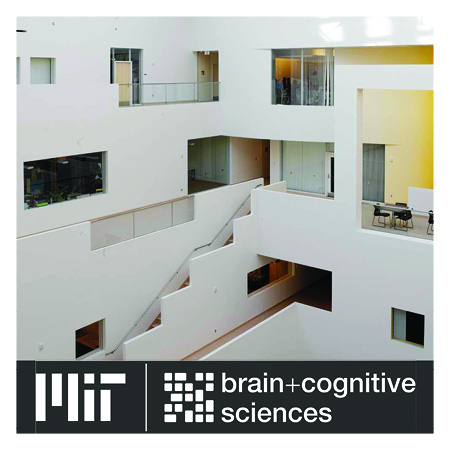
Cog Lunch: Gal Raz "Active Looking in Infants" & Carina Kauf "Can multi-word expressions trigger local-coherence effects?"
Description
Gal Raz
Title: Active Looking in Infants
Abstract: Infants do not just passively receive information - they actively decide what to engage with and what to ignore. In fact, most of what we know about infants relies on their active choices about what to look at; yet we are still missing formal models of infant looking. I will present our work studying whether infants’ active looking can be described as expected information gain (EIG) maximization. I show that indeed such a model can reproduce basic phenomena known from the infant looking literature, like habituation and dishabituation. However, a basic EIG model does not exhibit a commonly posited non-linearity in the habituation of infants: looking preferences towards familiar stimuli. I will present a completed study that seems to empirically validate the existence of such familiarity preferences, and an ongoing study that attempts to replicate and manipulate them. I close by discussing why a model based on EIG does not predict this behavior, and propose candidate strategies to reconcile data and model.
Carina Kauf
Title: Can multi-word expressions trigger local-coherence effects?
Abstract: Local coherence effects arise when a sentence includes a substring with a plausible local interpretation that is incompatible with the global sentence analysis (e.g. The coach smiled at the player tossed a frisbee by the opposing team). It has been suggested that such effects come about either because sentence processing occurs in a bottom-up, self-organized manner rather than under constant grammatical supervision, or because readers maintain uncertainty about the previous input and thus consider plausible alternative parses of the context when faced with a locally coherent string. However, existing studies of local coherence effects have mainly considered contexts in which the processing disruption is triggered in part because the correct grammatical parse is highly improbable given our linguistic experience (i.e., we don’t often see the verb tossed introduce a reduced relative clause). In this project, we ask whether we can also find a local-coherence processing disruption signature in the absence of such high-surprisal linguistic events. To investigate this question, we make use of multi-word expressions (MWEs), i.e. expressions that span several words but behave as a single linguistic unit, such as high school or birth control. Specifically, we study whether seeing words that typically form an MWE next to each other in a context in which they cannot be interpreted as a unit and in which neither of the words is particularly unlikely given the global sentence interpretation (cf. (1)), nonetheless provides a strong enough bottom-up signal for possible local coherence that it temporarily misleads our parser.
(1) Although dangers from flooding after the storm remained high, schools were open in the morning.

